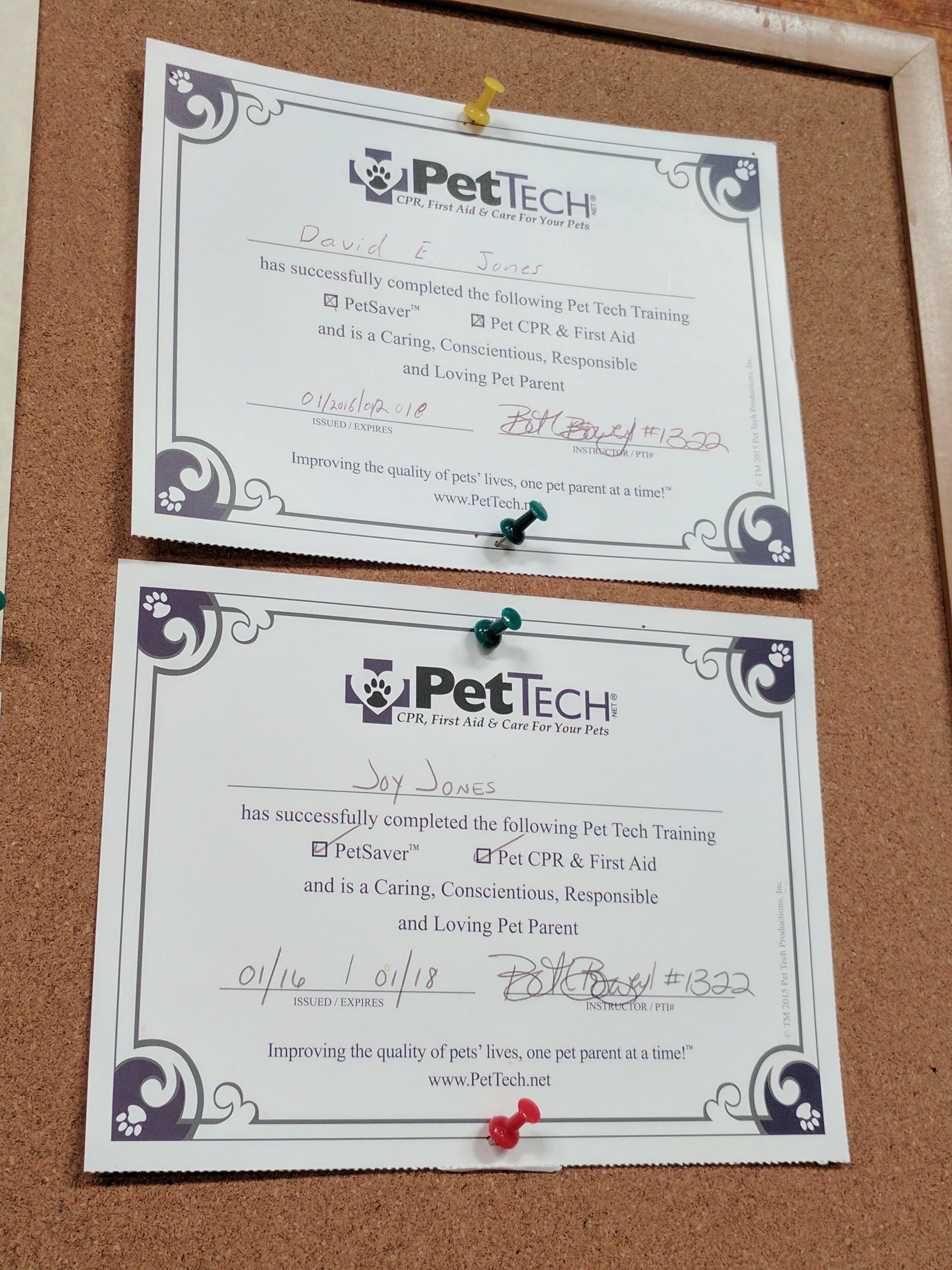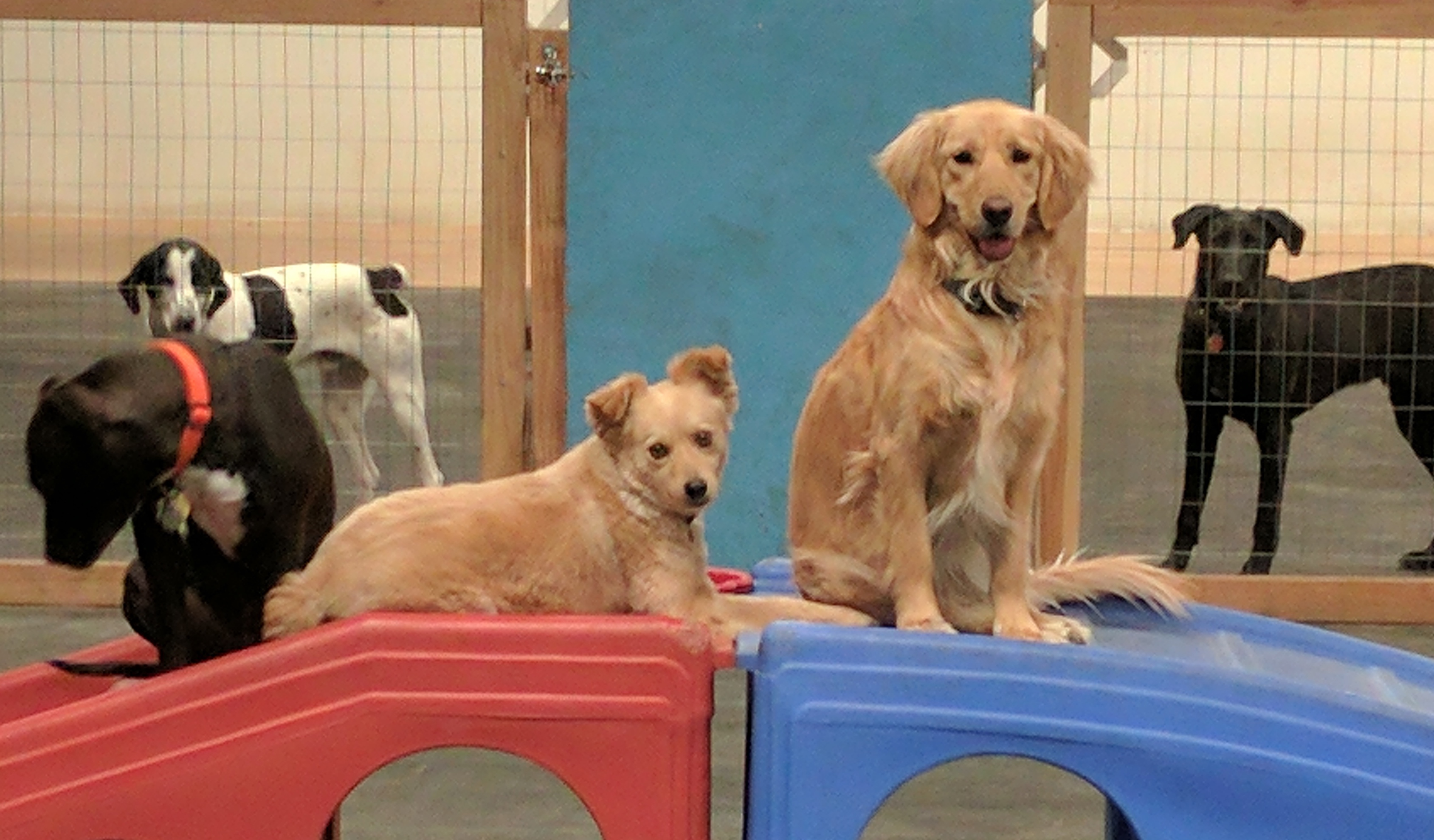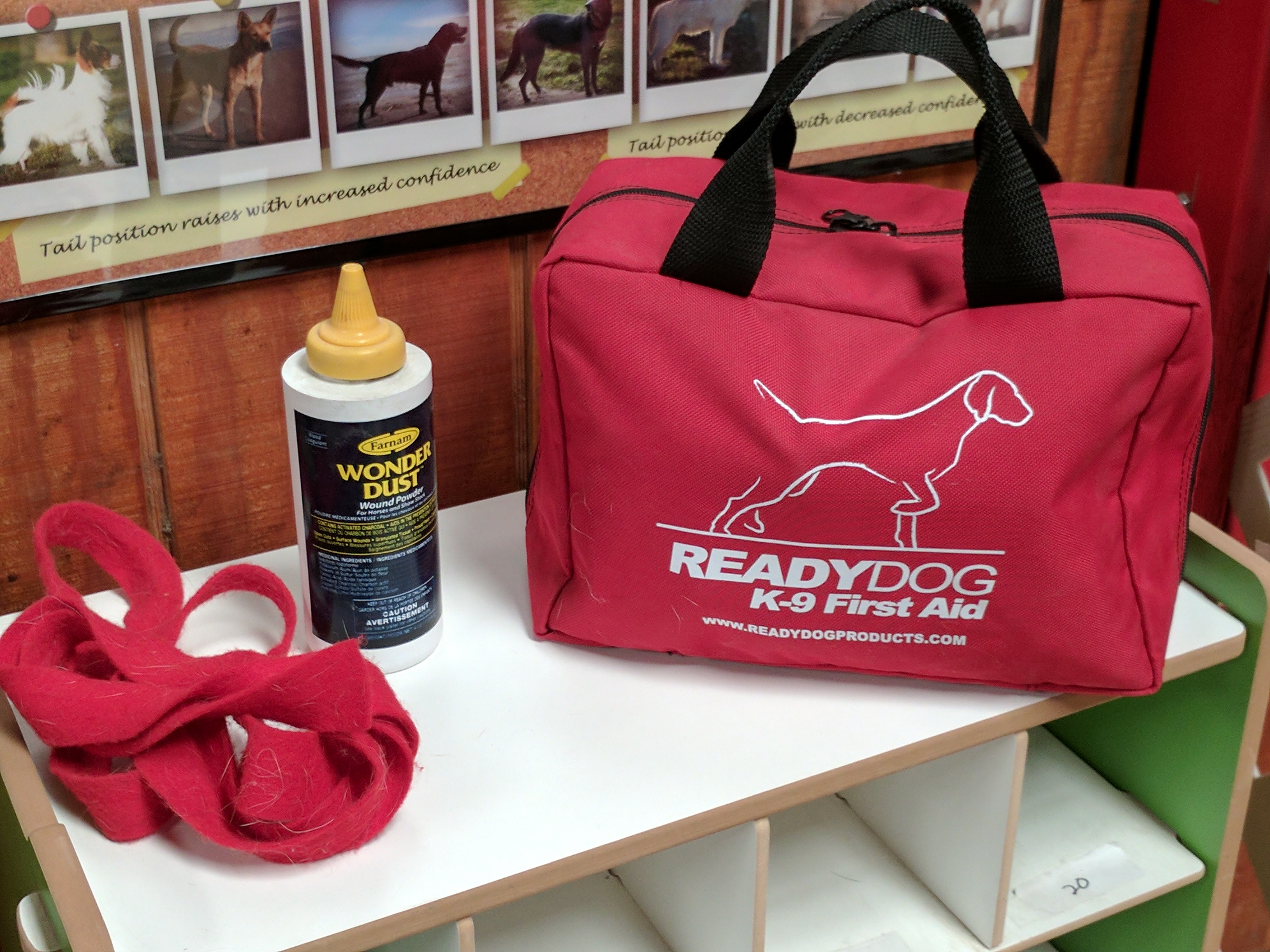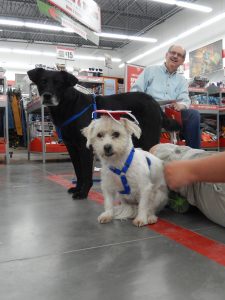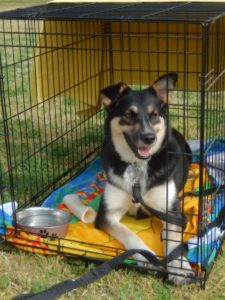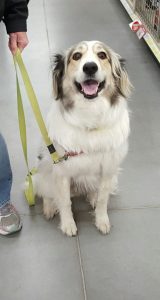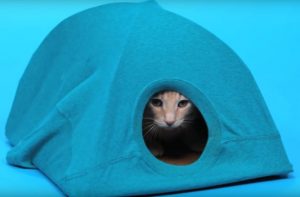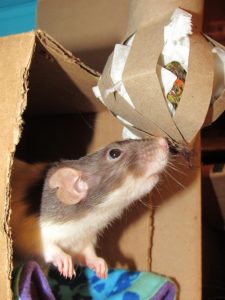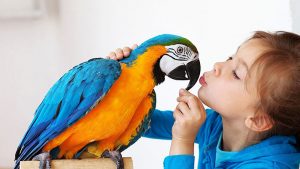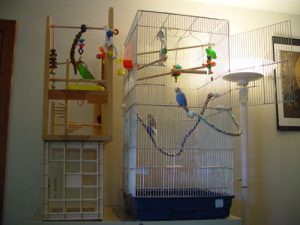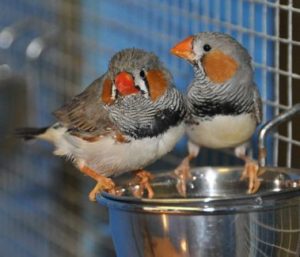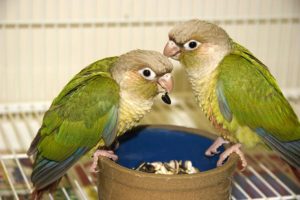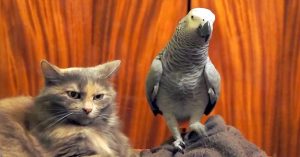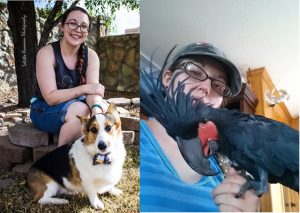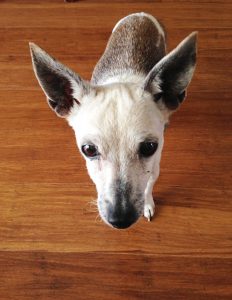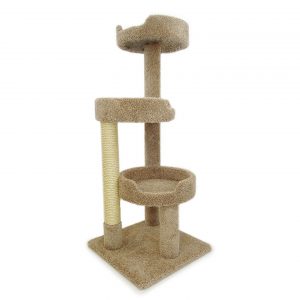In the first installment of this series, we discussed the initial cost of getting a new dog (purchasing the dog, picking out the equipment you’ll need, and training costs), medical care and emergency medical care for your dog, and the cost of feeding. For this segment, we will be discussing the costs of individual dog breeds, selecting the right breed for you, the possible cost of a dog throughout their entire lifetime, and how to reduce the overall cost of your new dog without impacting their quality of life. Again, most of this information will be coming from The Simple Dollar’s amazing Pet Ownership Costs Guide.
Dog Breed Costs
If you’re thinking of purchasing a dog from a breeder, odds are you already have an idea of what kind of dog you want. This is both good and bad because some dog breeds cost significantly more than others and many breeds have specific health issues that are unique to them. It is important to know about these individual issues before taking the plunge with your new pet. The Pet Ownership Costs Guide lists dog breeds from least expensive to most expensive, and the results might surprise you. These prices are estimates, and they can increase even more depending on the pedigree, certifications, and locations of the breeders. Among the lower priced dogs are the American Foxhound, Beagle, Golden Retriever, and Miniature Schnauzer all ranging from $400-$800. These are some of the least expensive dogs that you can get from a breeder, and they still cost more than some people’s monthly rent for their home or apartment.
More expensive dog breeds can cost up to 10 times that of the less expensive breeds. Pharaoh Hounds, Chow Chows, and Rottweilers can cost between $2,000-$3,000, while Tibetan Mastiffs and English Bulldogs can range between $8,000-$9,000. Ironically and very unfortunately, these more expensive breeds are also the ones with much shorter lifespans. For example, English Bulldogs often have breathing problems, skin issues, and joint problems that cause them to have an average lifespan of only eight years. To top it all off, because of their extensive selective breeding, English Bulldogs can no longer breed on their own and over 80% of English Bulldog puppies must be delivered by cesarean section because the mother cannot deliver on her own without risking her life.
Finding Your Dog
This being said, you can certainly purchase a dog from a breeder as long as you are aware of the expenses involved, and you are willing to provide dedicated care for the health issues that might come with your selected breed. You should also consider the dog’s age, your age, and your home environment before purchasing a new dog. For a more detailed breakdown, read Claren Wilson’s awesome article, Finding The Perfect Dog.
You can also check out Animal Planet’s Dog Breed Selector to see if the dog you have in mind will actually be the best breed for you. Each dog has it’s own unique personality and needs, but these sources will help you narrow down your search and help you find your perfect fur-ever friend.
Total Lifetime Cost of a Dog
With all of these facts, numbers, and warnings in your head, it’s finally time to go over the total cost of your dog for their entire life time. This cost is just an average, and it is assuming that your dog will live to the max age of their breed. Considering the initial cost, adoption, equipment, training, medical care, feeding, and the costs of breeds, the total expense for a dog’s lifetime is quite high. This cost can range between $1,760-$34,300 with the average cost being about $18,030.
Of course, this amount will be spread throughout the years of your dog’s life, hopefully somewhere between 10-13 years. You will spend large amounts of money when you first adopt your dog, and it should level out a bit once your dog reaches adulthood. The prices will skyrocket again once your dog becomes a senior due to the health issues that come with aging.
Getting a new dog is so full of fun, love, and cuddles that it’s easy to forget how serious it really is. You are adding a new, furry member to your family and you should make sure that you have the appropriate time and resources required to give your bundle of joy the best life they can possibly have.
Reducing the Cost
Even though some people may not be able to afford it, every single person deserves the chance to love (and be loved by) a dog. Because of this, there are some ways that you may be able to slightly reduce the cost of owning a dog without sacrificing your dog’s quality of life. The Pet Ownership Costs Guide offers some methods to reduce the financial burden of owning a pet.
The first thing you can do is adopt a dog from a shelter instead of buying one from a breeder. This will reduce the cost significantly, as shelters typically charge less than $200 for dogs, they are already spayed or neutered, they have at least their first round of shots, and they are typically already microchipped.
The Pet Ownership Costs Guide also explains “If you’re struggling to provide for your pet, there are national programs that provide financial assistance to pet owners in need. The Humane Society provides a full list of these programs, including a state-by-state breakdown. Some only provide assistance for the treatment of specific diseases, while others provide funds to spay and neuter your pet.” There are also non-profit organizations that “provide assistance to pet owners in need. Many shelters have on-site veterinary care for low cost. Organizations like Red Rover allow pet owners to apply for financial aid if they can’t afford veterinary care, while crowdfunding programs like GiveForward are aimed at pet owners.”
Lastly, a great way to reduce the cost of owning a dog is to take steps to prevent illnesses and diseases such as heartworm, parvo, tooth decay, gum disease, fleas, ticks, ear infections, rabies, and kennel cough. These can be prevented by making sure your dog gets its vaccinations on time, takes heartworm preventative, has clean teeth and ears, and is given a full snout-to-tail assessment at least once a week to catch any bumps, tenderness, or foreign objects before they have a chance to become a serious problem. You can use this form to keep track of any changes that you find in your dog. It takes a little bit more work, but it will improve your dogs health, it will increase your connection with your dog, and it can potentially reduce the cost of vet bills if you find something early.
In Conclusion…
The most important thing to learn from this series of articles is that adding a new dog to your family is something that should be taken very seriously. Not everyone has the time, money, or resources that are required to responsibly own a dog, so adopting a new dog should not be a spur of the moment decision. I firmly believe that every dog should be given the best life possible, and it is often hard to admit that the best life for them may not be with you. If you love dogs but find that you currently don’t have the resources to own one, you can always volunteer at an animal shelter like Safe Haven Animal Sanctuary to help animals in need, and to get your daily dose of fuzzy cuddles. Keep your head up, do what you can, and do it all for the well-being of the dogs that you love so dearly.
Jessica Smith, Associate Editor, having been raised in a household full of dogs, guinea pigs, hamsters, and all things furry, Jessica’s love of animals has only grown over the years. She is currently volunteering for Safe Haven Animal Sanctuary in her free time when she isn’t out and about with her ridiculous pit bull mix, Annabel Lee, or taking care of her two goldfish, Carrot Cake and Winchester. She is also putting her literature degree to use by working as an editor for a local online magazine, Independent Noise. While she has no plans for the future, she knows that it will be filled with fur and fiction galore. You can e-mail Jessica at associateeditorjessica@yourpetspace.info















